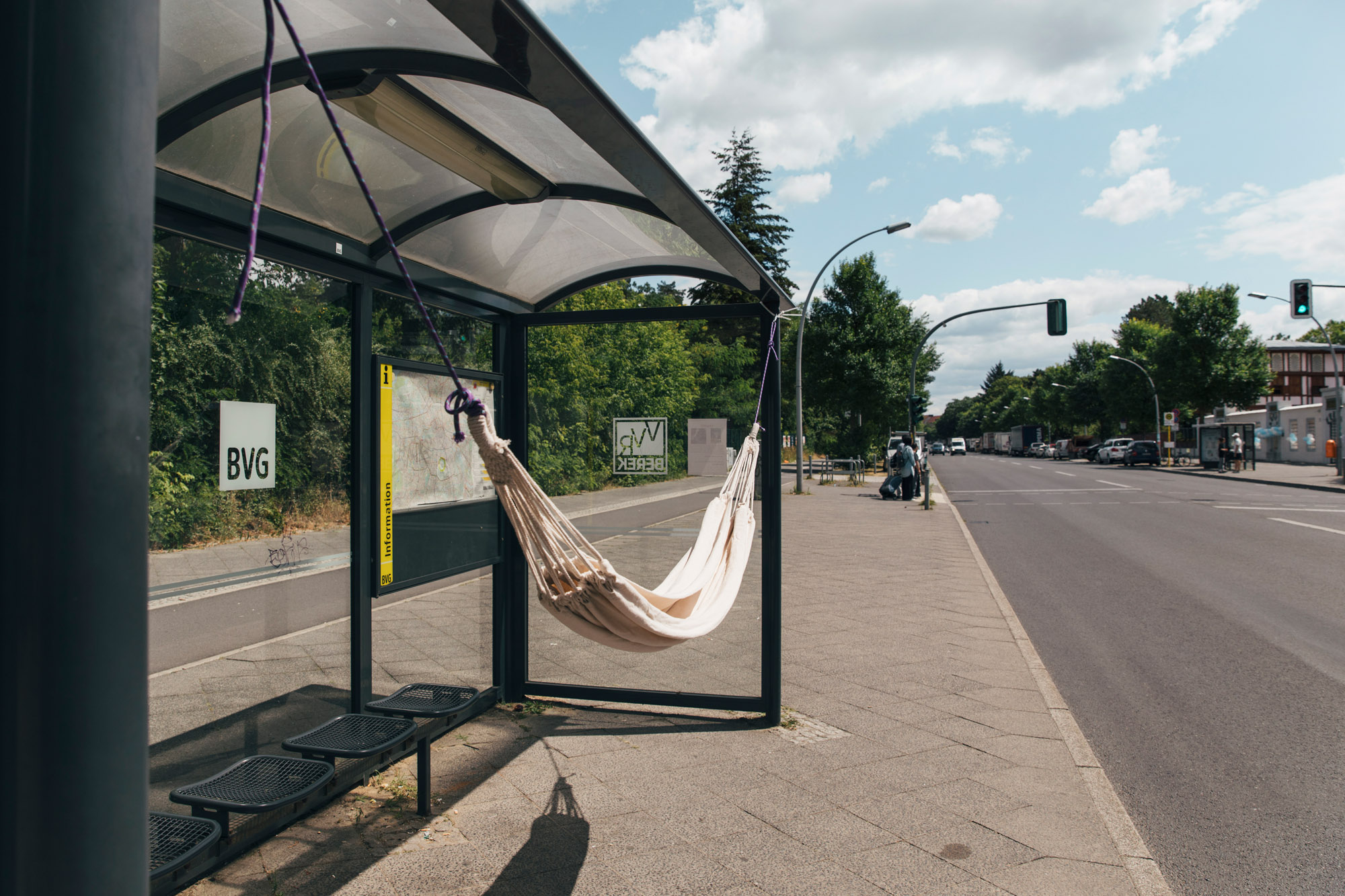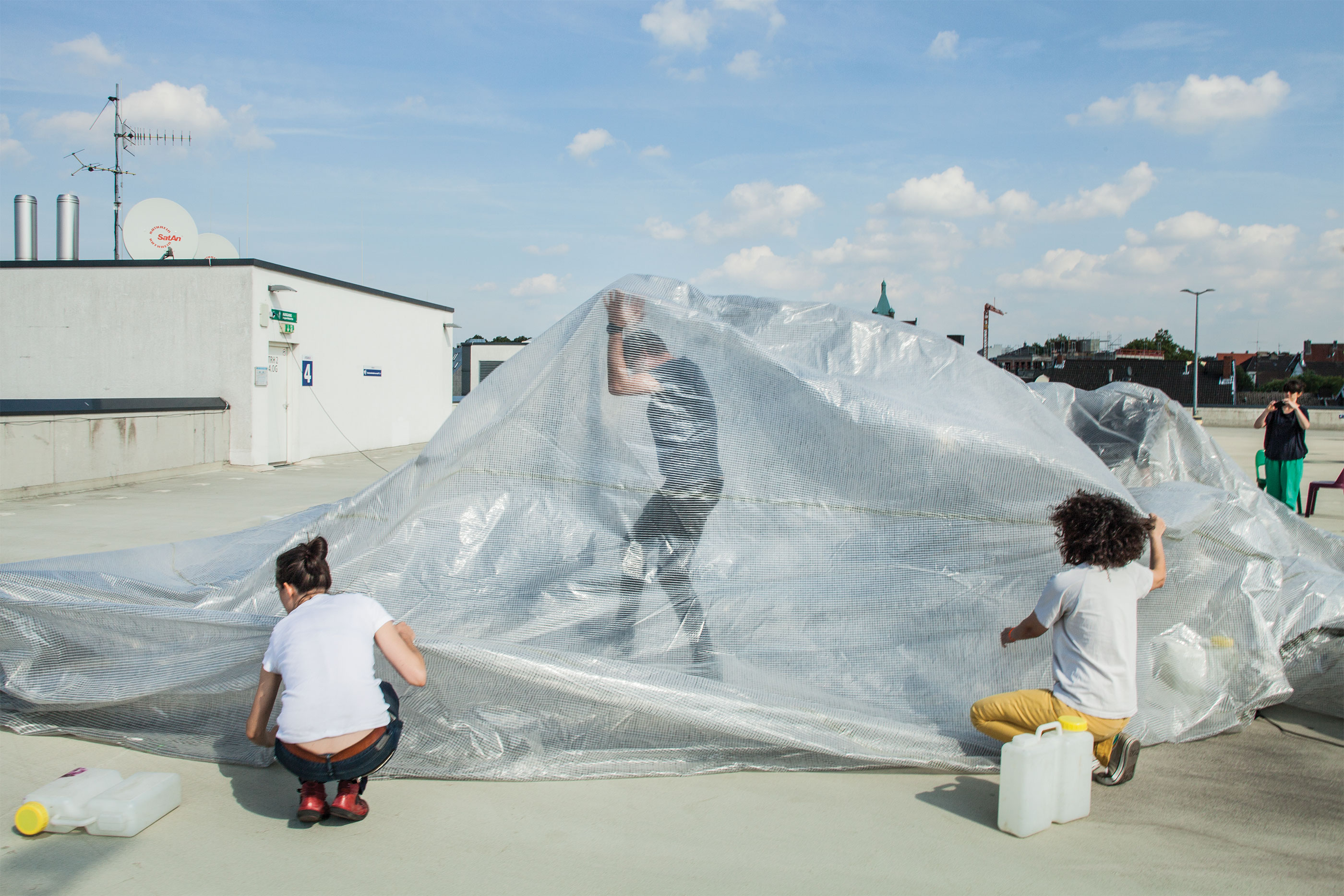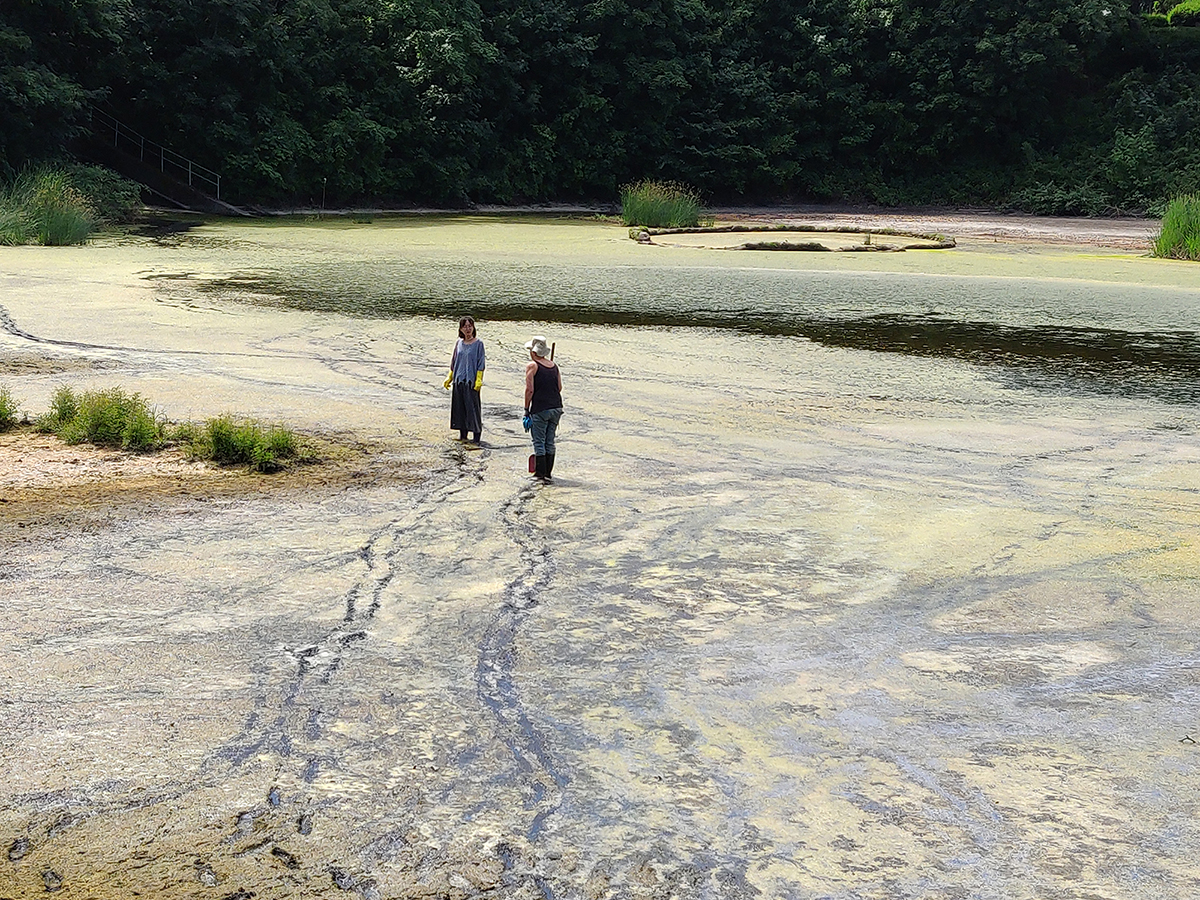Collective and Affective Tactics
Arquitectura Expandida’s Urban Provocations
Originating in military parlance, “strategies” and “tactics” in urban space are often regarded as being similarly concerned with acts of provocation aimed towards infrastructures of power. But linguistic affinity does not translate into practice: the short-term skirmish approach that may appropriate on a battlefield cannot be applied to the space of a contemporary city. The assertion of the rights of community necessitates a long-term engagement and, crucially, their own empowerment. The parachuting in of outside actors can act as a catalyst to this process, but there is the danger that the community will lose its central position in such struggles. This is the approach that underpins the work of Arquitectura Expandida, a design collective based in Bogota, Colombia who have extensive experiences of long-term, community led projects, both in Europe and Latin America.
Many urban areas in this context find themselves in complex situations that could be described as “the controversy of the territory” whereby there is a lack of or threatened public space; an unacknowledged yet typically dynamic population in informal areas; difficulties with regard to engagement and participation; and latent tensions within the relationship between neighbourhood structures and ecological ones. AXP’s contribution to the Making Futures programme revealed why for communities looking for their urban rights amidst this “controversy”, the tactics necessitated must be both collective and affective. Furthermore, for any outsiders to that community, the avoidance of taking a central position is key to this process.
The methodology that results – both strategic and tactical – need not be innovative to be effective, either. AXP have urged for an approach that does not attempt to reinvent the wheel – or urban relations either. Instead, existing materials and approaches represent a rich resource for communities that can be used to adopt any of the following strategies:
Strategy # 1 – autonomous construction
Strategy # 2 – culture in the neighbourhood
Strategy # 3 – consensus/dissent, in the long-term
Strategy # 4 – collectivity (rather than “community”)
Strategy # 5 – participation, different levels of
Strategy # 6 – pedagogy of territory
Strategy # 7 – not just living together, but also working together in public space
Strategy # 8 – acknowledgement of people as citizens
Strategy # 9 – making use of legal loopholes
These can then be enhanced using more tactical “provocations”. But these provocations are not necessarily intended as affronts, rather as modes of stimulus. One example might be the (unauthorised) installation of furniture in the common space of a neighbourhood, undertaken with the community. The tactic is collective through its direct involvement with the community and affective in that it draws upon their own feelings towards and about their environment. The provocation is directed at all actors involved in the shaping of the urban environment and the practices – as well as rhetoric – of urban regeneration: city hall, residents and developers alike.
Arquitectura Expandida (AXP) is a citizen-led laboratory that builds structures -physical, social and cultural- that invite communities to self-organise and take responsibility towards their own territory. AXP lead a workshop entitled “Collective and Affective Tactics” during our plug-in at the Floating University in June 2018.



